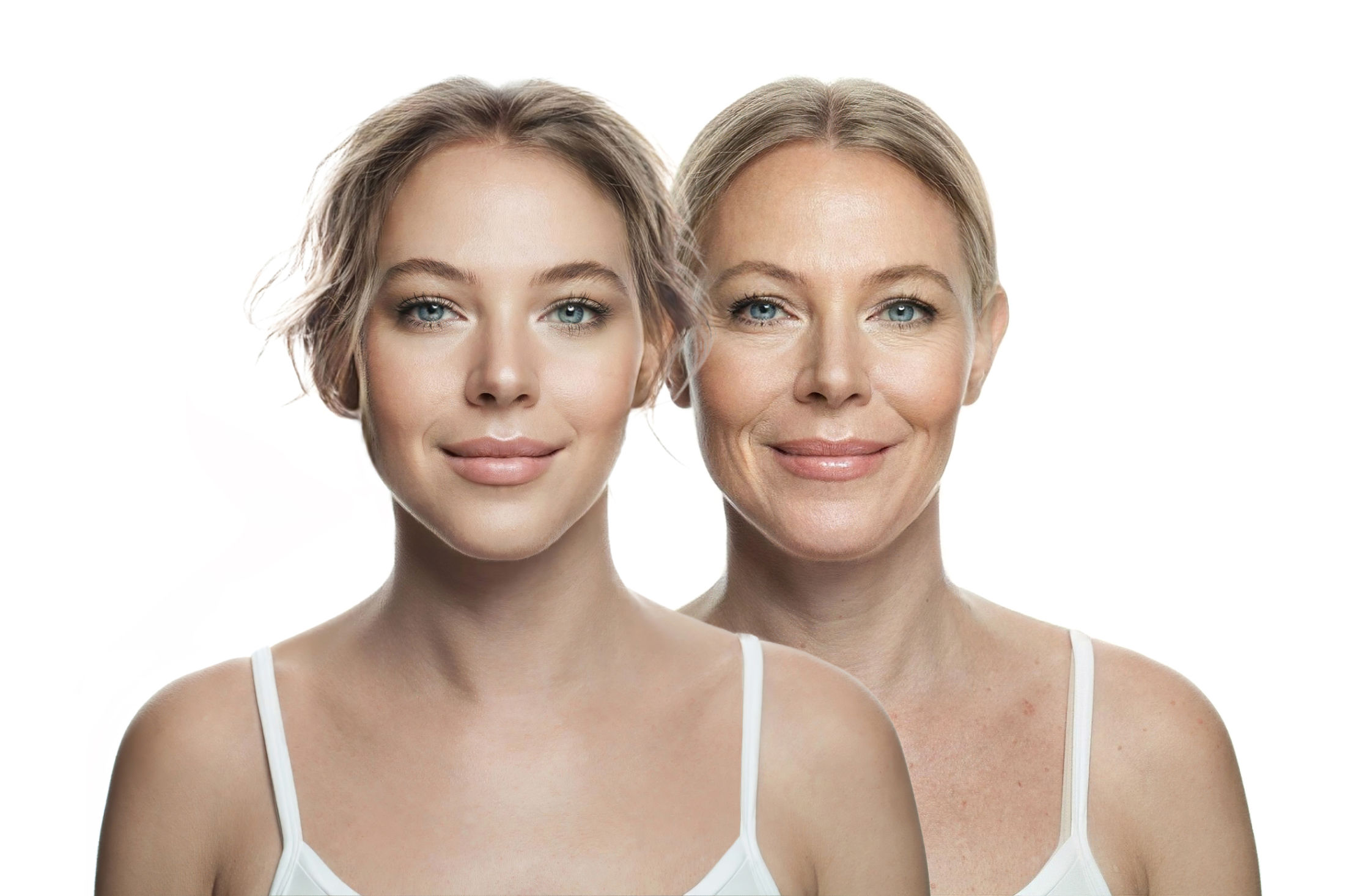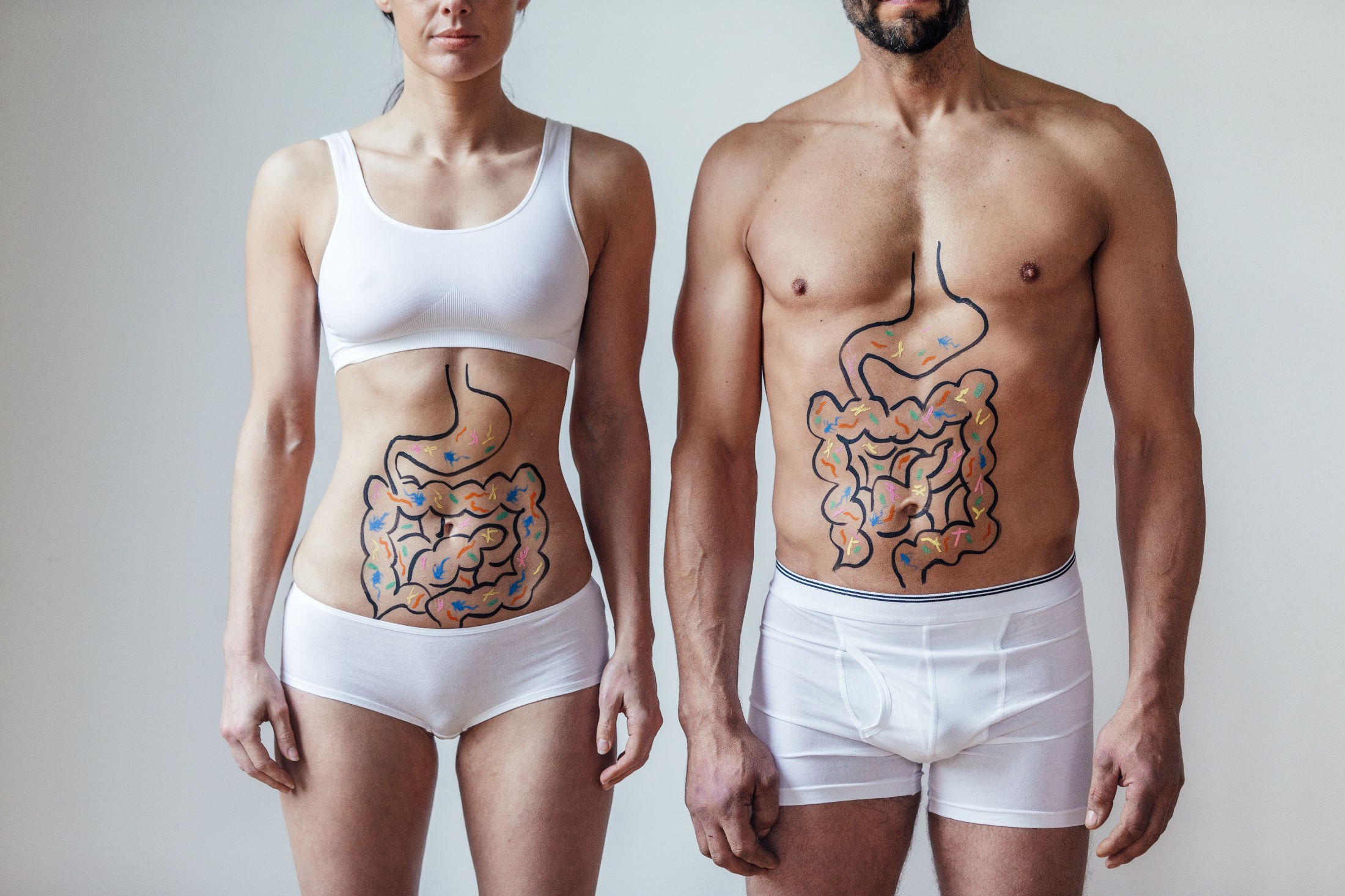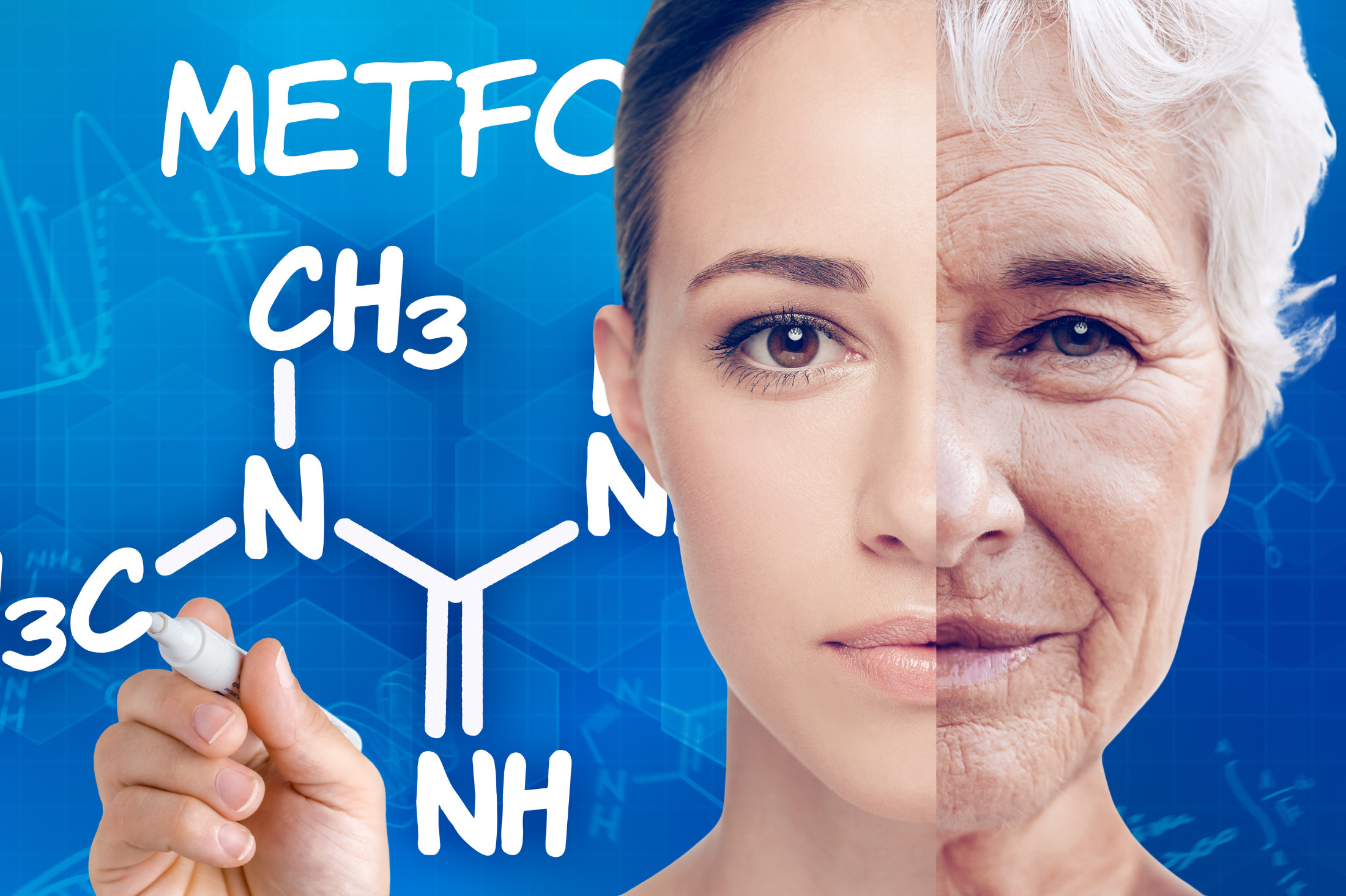
A dazzling white smile – who doesn’t want that? Toothpaste manufacturers know this and have been using titanium dioxide, a white pigment that makes toothpaste look dazzlingly pure and flawless, for decades. But what seems like a cosmetic advantage could turn out to be a dangerous trick that puts your health at risk.
Titanium dioxide – what’s really in your toothpaste?
The seemingly harmless additive titanium dioxide in toothpaste is a master of illusion. It gives toothpaste its brilliant white color, a brilliant trick used by the cosmetics industry to make products more attractive. But behind this glittering façade lie potential dangers that lull consumers into a false sense of security.
The function of titanium dioxide in toothpaste
Titanium dioxide is used as a color pigment to give toothpaste an attractive appearance. This pigment, also known as CI 77891, ensures that toothpaste shines beautifully white and conveys a feeling of purity. But its function is not limited to aesthetics. Titanium dioxide has a high covering power, which makes it possible to optically conceal discoloration.
The use of titanium dioxide in toothpaste is a prime example of how deeply the cosmetics industry and its the cosmetics industry and its ingredients intervene in our daily lives. The substance is not only found in toothpaste, but also in many other cosmetic products where it fulfills similar purposes.
The cosmetics industry and its tricks
The cosmetics industry is a master at positioning products through clever formulations and marketing strategies. The use of titanium dioxide in toothpaste is a perfect example of this tactic. It’s all about enticing the consumer with a dazzling white smile, while the potential risks often remain hidden in the small print.
A glance at the list of ingredients quickly reveals that titanium dioxide is a ubiquitous companion in many toothpastes. But despite its popularity, there are growing concerns about its safety. While the cosmetics industry emphasizes the benefits of using it, the potential health risks are often downplayed or not mentioned at all.

Scientific concerns: What do the studies say?
While the industry continues to insist on the harmless properties of titanium dioxide, scientific studies have begun to prove otherwise. The intake of titanium dioxide can lead to a number of health problems. It is suspected that it can damage genetic material and increase the risk of cancer. These risks are particularly worrying when you consider that toothpaste is used regularly and therefore there is repeated exposure to the substance.
The dark side of the whitening agent titanium dioxide
Studies have provided alarming evidence in recent years: Titanium dioxide in nanoparticulate form can cause considerable damage to the body. Researchers at the University of Toulouse, for example, found that titanium dioxide can lead to DNA damage and oxidative stress if ingested regularly – both factors that are linked to the development of cancer. Other studies suggest that the substance can cause inflammation in the gut, which is particularly problematic for people with chronic intestinal diseases or a weakened immune system.
What are the negative effects of taking TiO2?
- More and more studies are reporting on the risks of titanium dioxide:
- for the liver, stomach, kidneys, lungs, ovaries and/or testicles,
- Disorders of the intestinal flora,
- Inflammation and damage to the intestinal barrier,
- Food intolerances and allergies,
- genotoxic effects (DNA strand breaks and chromosome damage) even at low doses
- etc.
Although the European Food Safety Authority (EFSA) has already classified titanium dioxide as “no longer safe” for use in food in 2022, it is still permitted in many manufacturers’ toothpaste. The argument? Toothpaste is not swallowed. But anyone who brushes their teeth knows that a small amount always ends up in the body – and this is where it gets explosive.
DNA damage and intestinal inflammation: A look at the research
Researchers have found that titanium dioxide can lead to DNA damage and intestinal inflammation in rats. These findings raise questions as to whether similar effects could also occur in humans. The possibility that titanium dioxide in toothpaste could lead to adverse health effects should not be ignored. Despite the fact that toothpaste is spat out, there is still a risk of small amounts of the substance being swallowed.
It appears that the nanoparticles of titanium dioxide can penetrate cell membranes and trigger inflammatory reactions in the body. These discoveries are alarming and require urgent further research to fully assess the safety of titanium dioxide in cosmetic products.
| Risk | Description of the risk |
|---|---|
| Genotoxicity | Possible damage to the genetic material |
| Inflammations | Can cause intestinal inflammation |
| Cancer risk | Suspected carcinogenic effect |
The future of titanium dioxide in cosmetics
With growing concerns about the safety of titanium dioxide, it is likely that pressure will increase on the cosmetics industry to find alternatives. Some manufacturers have already begun to revise their formulations to address consumer concerns. However, the complete removal of titanium dioxide from all cosmetic products is a lengthy process.
It remains to be seen how regulations will develop in the coming years. The demand for safe and sustainable products is constantly growing and it is up to the industry to respond to these needs.
Alternative dental care: products without titanium dioxide
Fortunately, there are alternatives for consumers who are concerned about the potential risks of titanium dioxide. More and more manufacturers are offering toothpastes that do not contain this controversial ingredient.
Sustainable and healthy alternatives
Toothpastes without titanium dioxide often use natural ingredients such as calcium carbonate or plant extracts to clean and whiten teeth. These products are not only safer, but also more environmentally friendly. Brands such as Lavera or Weleda focus on natural cosmetics and offer toothpastes that are free from artificial whitening agents. These alternatives are not only good for oral health, but also for the environment. They contain no microplastic particles and are often vegan and cruelty-free.

Easy homemade toothpaste without titanium dioxide
Making a biologically pure toothpaste is the best way to avoid anything you don’t want in your daily grooming routine. Here’s a tried and tested recipe:
Ingredients:
- 4 tablespoons of organic virgin coconut oil: Has an antibacterial effect and forms the basis of the paste.
- 2 tablespoons of baking soda (sodium hydrogen carbonate): Gently removes plaque and neutralizes acids in the mouth.
- 1 tablespoon xylitol (birch sugar): Inhibits the growth of caries bacteria and gives a slight sweetness.
- Optional: 10-15 drops of peppermint essential oil or ½ teaspoon of turmeric.
Preparation:
- If the coconut oil is solid, heat gently in a bain-marie until it becomes soft or liquid.
- Mix the baking soda and xylitol in a bowl.
- Add the soft coconut oil and mix thoroughly with the dry ingredients until a homogeneous paste is formed.
- Optional: Add essential oil or turmeric and mix well again.
- Pour the finished toothpaste into a clean, sealable jar or small container.
Application:
For hygienic reasons, you should always remove the toothpaste from the jar with a spoon and then brush it onto your toothbrush. This prevents bacteria from getting into the toothpaste that you have made yourself.
Why not try the recipe for homemade toothpaste at home and test it yourself? Have fun with it!
Your decision: optics or health?
It’s time to question the shiny facade and look out for ingredients that could harm you in the long term. The good news is that there are alternatives. More and more manufacturers are doing away with titanium dioxide and offering products that are just as effective but are less harmful to your health. Your health should not be sacrificed for the aesthetic appeal of a perfectly white toothpaste.
Act now!
Read the packaging, ask questions, inform yourself – and make titanium dioxide your exclusion criterion when choosing the right toothpaste. Healthy starts in the mouth – and therefore with the decisions you make.
Choose consciously. Choose safely.
Pictures:istockphoto.com
- Woman brushing her teeth at the mirror | credits @ Ridofranz
- Toothpaste in the shape of a question mark | credits @ Bet_Noire
- Toothpaste with herbs | credits @ Ivan Bajic
🩺 Medically reviewed on 12.01.2025
This article has been professionally reviewed by Dr. Verena Immer. She is a doctor of integrative and anti-ageing medicine with a holistic approach that combines conventional medical knowledge with complementary methods. She has successfully applied the concept of individualized medicine in her own practice near Munich and currently offers personalized medicine – with a focus on longevity – in Switzerland.
Disclaimer
This blog is for general informational purposes only and does not constitute the practice of medicine, nursing or other professional health care services, including the giving of medical advice, and no doctor-patient relationship is established. Use of any information contained in this blog or materials linked to this blog is at the user’s own risk. The content of this blog is not intended as a substitute for professional medical advice, diagnosis or treatment. Users should not ignore or delay medical advice for any medical conditions they may have and should seek the help of their healthcare professional for such conditions.










